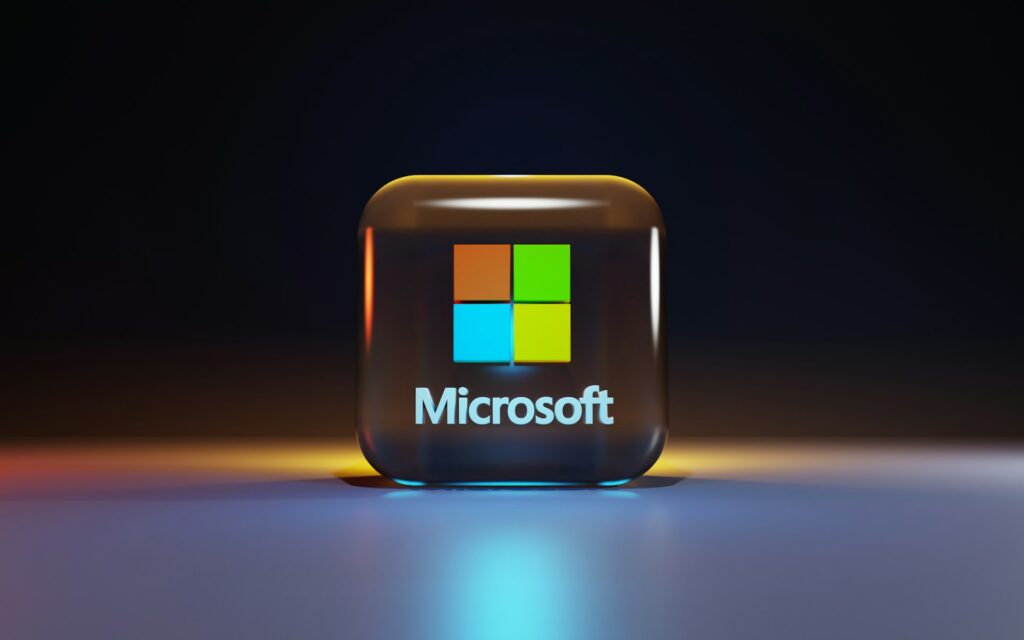The way that Microsoft intends for artificial intelligence bots to utilize your personal computer for you

The way that Microsoft intends for artificial intelligence bots to utilize your personal computer for you
Imagine a chatbot that uses your computer on your behalf. This is just one of the many concepts that Microsoft presented at its Build 2025 conference, which was geared at developers and took place on Monday. And it would seem that the vision is already very close to being realized.
The idea that Microsoft is working on focuses on the Model Context Protocol (MCP), which was developed by Anthropic, the firm that was responsible for the Claude chatbot, in the previous year. That is a protocol that is open-source that may be used by AI applications to communicate with other applications and online services. You will soon be able to allow a chatbot, sometimes known as a “AI agent,” to connect to applications that are running on your personal computer and modify them on your behalf, according to Microsoft.
However, that is not all that is in store for the future of Windows: Additionally, Microsoft has indicated that it is taking its local artificial intelligence applications on Windows very seriously. No longer are they just being used for the purpose of promoting Copilot+ PCs.
Fundamentals of the Windows chatbot,
So, what exactly does Microsoft’s vision for Windows that is centered on bots potentially look like? You may issue orders such as “Open Photoshop and [perform whatever actions] for me,” “Generate a playlist and put it together for me on Spotify,” “Get information from [a particular app],” or “Search my PC for [a certain type of file]” when you are using an artificial intelligence chatbot such as Copilot, ChatGPT, or Perplexity. As soon as the chatbot had authorization to connect to the application on your own computer, it would be able to connect and carry out the aforementioned acts on your behalf.
If the apps that are related with it are able to support it, then it could. For the sake of this discussion, I will speculate about what would be feasible in the future if, for example, Adobe and Spotify decided to really implement this approach in their respective Windows applications.
It is important to bear in mind the following qualifying elements from Microsoft’s demonstration if all of this seems extreme:
There will be a tab inside the Settings app that allows you to toggle the functionality on and off for any individual application on your device.
Regardless of whether or not they have declared themselves open to AI experiences, the chatbot of your choosing will always seek access to applications. The authorization must be granted by you.
All of this will only operate correctly with applications in which the developer has made a conscious decision to support it.
Moreover, none of this would take place automatically in the background; rather, it would only take place when you had specifically requested something from a chatbot.
It is also important to note that the demo that was held this week was mostly geared for developers. In the examples provided by Microsoft, the company demonstrated how to use Copilot to install the Fedora Linux distribution inside the Windows Subsystem for Linux and then install apps within it.
To put it another way, here is the pitch: artificial intelligence has the ability to learn the appropriate instructions to execute in order to install and setup a Linux system, and it can fulfill these tasks for you. It is not necessary for you to copy and paste the commands.
Expanding on Microsoft’s approach to artificial intelligence agents
In comparison to what Microsoft is providing, previous “agent” artificial intelligence solutions that claimed to utilize your computer for you are not nearly as enticing as what Microsoft is promising. In order to identify what to click and enter, they have depended on glancing at the screen of your computer and utilizing that information as input source. This new configuration, on the other hand, is fascinating since it enables an artificial intelligence chatbot to communicate directly with any old classic Windows PC application. If it works as promised, this is a really cool setup.
The security element known as AI-PC
If an artificial intelligence agent is required to get permission before utilizing applications on your personal computers, then that is all well and good; but, what happens after you grant it permission and it begins working on a specific request? For the time being, if an agent answers by suggesting that you execute instructions or carry out certain duties, you are still the one who is responsible for inputting them. How are you able to ensure that the artificial intelligence is not engaging in any risky behavior or making any errors if it is doing the work?




